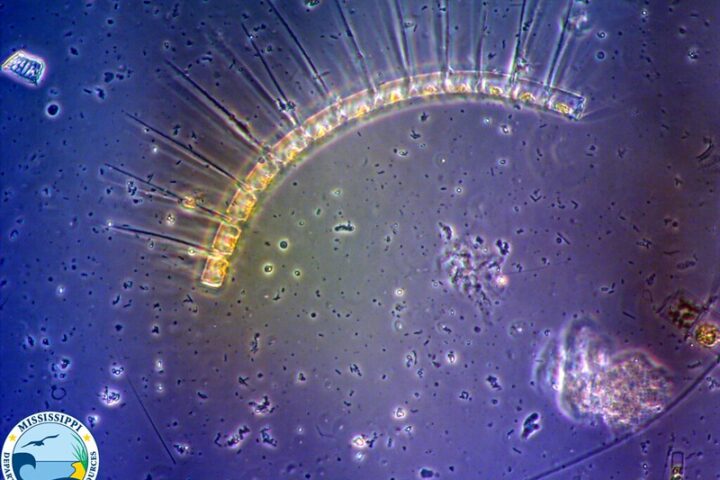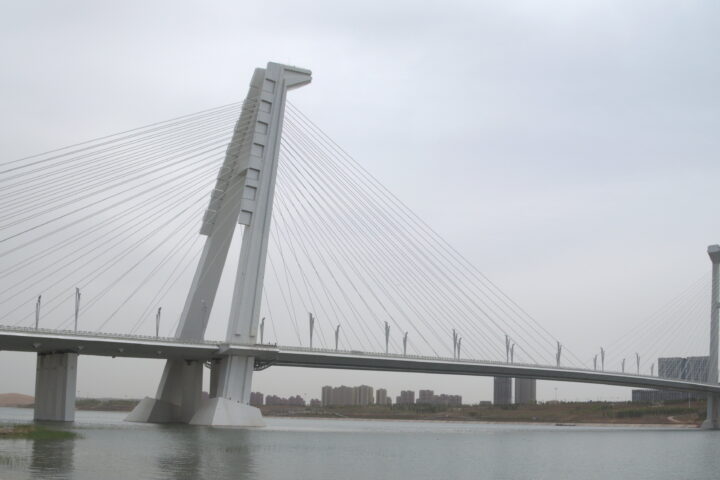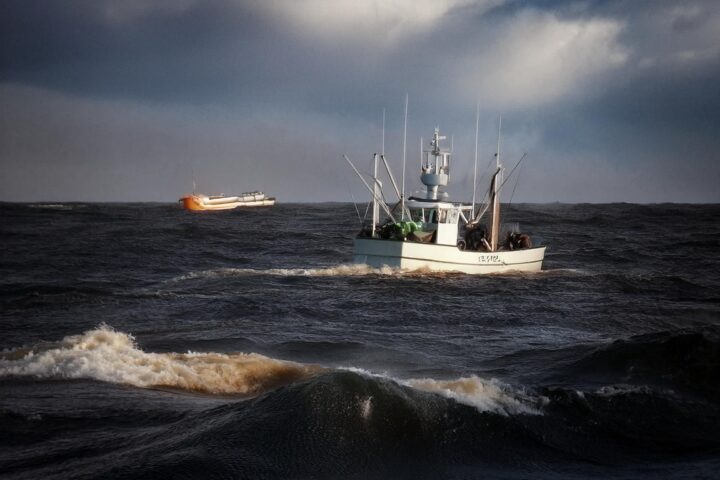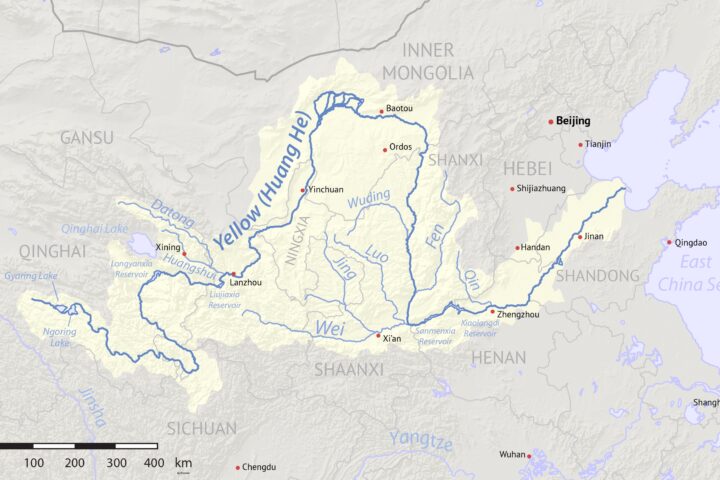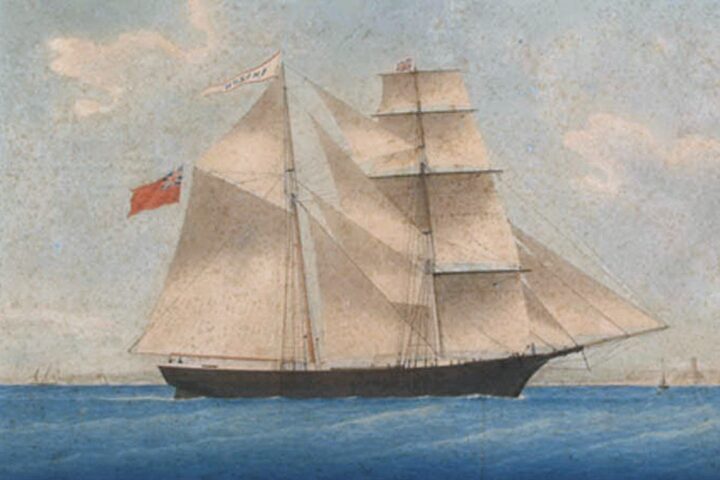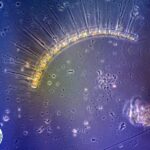Source: https://pxhere.com/en/photo/1113255
Learn about Ocean Acidification and how the issue has become alarmingly dangerous for life on land and underwater.
The most recent threat to the marine environments is Ocean Acidification, or commonly termed the ‘silent threat’. Detrimental as it might seem, the phenomenon tends to be neglected relative to the greenhouse gas effect, but ocean acidification has its own dangers.
It is caused by the high levels of carbon dioxide (CO2) in the atmosphere and it affects the marine ecosystem greatly. While human activities – especially fossil fuel combustion and land clearing – add active carbon to the atmosphere in the form of CO2, the world’s oceans operationally put down approximately one-third of these discharges. This has its cost also and that cost is the change in sweater chemistry necessary for the survival of the marine life.
Causes
Carbon dioxide emissions from vehicles, industries, agriculture, and other activities are the direct cause behind ocean acidification. Of the total emissions made by humans over the past fifty years, 24-33% have been absorbed by the oceans. Though the forces of climate change have been significantly reduced in both speed and severity due to this absorption, the health of many marine environments has suffered greatly.
Since about the middle of the 18th century, when the Industrial Revolution began, approximately one-third to one-half of the carbon dioxide released by mankind’s activities has been taken in by the oceans. An increase in concentration of this gas in the atmosphere led to a decline in the average pH level of sea water from 8.19 to 8.05, which is about 30% higher than its earlier level. Some specialists assert that the ocean acidification progresses at a pace more rapid than what we initially thought.
Impact on Coral Reefs
Coral reefs stand out as one of the ecosystems that will adversely be affected by ocean acidification. This deep ocean water is also more acidic than the upper layers since carbon dioxide from the winds that is absorbed at the upper layer dissolves with the heavy cold currents downwards into the oceans. The saturation level is the boundary between the upper layers and acidic lower layers of the ocean. Below this limit, calcium carbonate ions are not readily available to fill the needs of corals. In the mid-latitude and polar regions, the cold-water coral communities are within the depth range of 40-1000 metres (130-3300 feet), whereas typical tropical reefs are confined in 100-200 m (330-660 ft) depths.
Scientists worry that corals, known to have been thriving at depths, will also be affected if the saturation horizon keeps moving upwards. The diminishing of the cold-water reef would, in turn, lower the coral construction, leading to absence of dwelling places for marine organisms that are dependent on such structures. If global warming leads to worsening conditions of increasing acidification, similar destruction may soon occur regarding tropical coral reefs, which sustain coastal populations with food and tourism activities.
Effect on Marine life
Ocean acidification is a prevailing issue that is already causing a severe impact to many sea organisms but mostly affecting those which, like oysters and corals, have hard shells or skeletons made with calcium or carbonate taken from the seawater.
To understand what happens when there is too much carbon dioxide in seawater, it is important to understand how carbonic acid changes the tectonic habits of such organisms. Such a reaction happens in stages: the strong acids increase hydrogen ions, leaving fewer carbonate ions (CO₃²⁻), and limiting the amount of carbonate that calcifying species utilize in constructing and reinforcing their skeletons and shells. In very important situations, if the concentration of hydrogen in the water buffers becomes too low, the shells and coating may begin to crumble.
Two of the most vulnerable species in this situation are salmon and other fish of commercial value. The nutrients that these fish will depend on will increasingly become scarce: how is that going to be ever important? Secondly oceans are getting warmer, and the marine oxygen resources are becoming less, both troubles worsening the situation.
Non-calcifying marine organisms are not spared from the effects of ocean acidification either. For instance, in acidic water, pollock face difficulty in predation. In the same way, other studies demonstrate that lower pH levels disrupt the habitat seeking ability of larval clown fish, thus worsening the condition of the marine environment.
Call for Action
Ocean acidification is an environmental challenge that needs immediate efforts globally. Apart from that, reducing the concentration of CO₂ is the most appropriate long-term strategy in the sense that restoring oceanic biosphere reserves will help relieve some stress in the short term.
Dealing with over-exploitation, pollution, and the creation of protected areas of sea and ocean is necessary in order to protect the ocean. In the absence of prompt measures, the problem of ocean acidification will further deepen. It will continue to degrade the state of the seas as long as we don’t do something to rectify this.
Resources
- What is ocean acidification? : Ocean Exploration Facts: NOAA Office of Ocean Exploration and Research. (2024). Noaa.gov. https://origin.oceanexplorer.noaa.gov/facts/acidification.html
- Ocean acidification. (2024). Noaa.gov. https://www.noaa.gov/education/resource-collections/ocean-coasts/ocean-acidification
- Ocean acidification. (2023, May 25). IUCN. https://iucn.org/our-work/topic/oceans-and-climate-change/ocean-acidification
- Ocean acidification | Definition, Causes, Effects, Chemistry, & Facts | Britannica. (2024). In Encyclopædia Britannica. https://www.britannica.com/science/ocean-acidification
- Ocean acidification: A wake-up call in our waters. (2015). Noaa.gov. https://www.noaa.gov/ocean-acidification-high-co2-world-dangerous-waters-ahead


